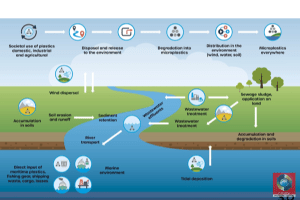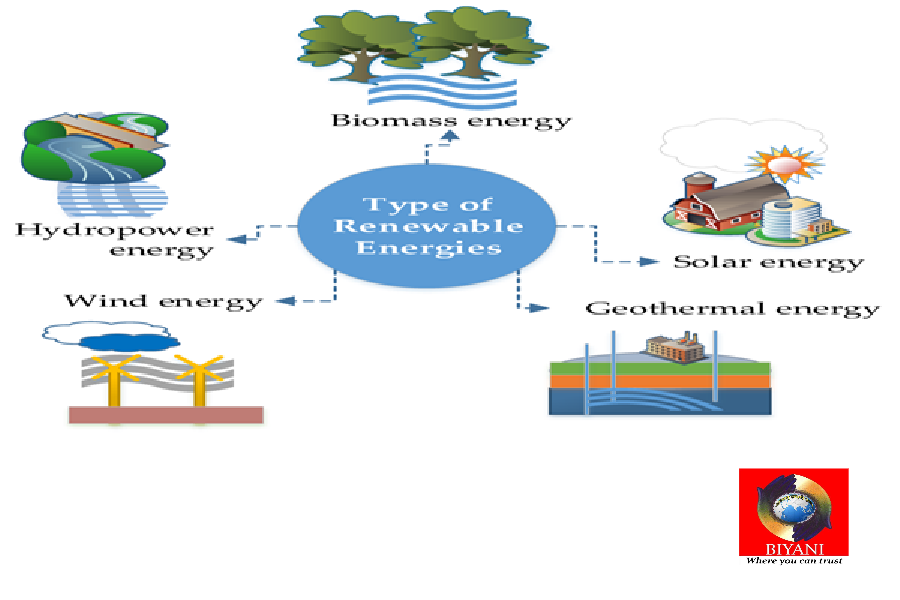Introduction
Microplastics have penetrated every corner of the globe as an environmental crisis, impacting both nature and human health. These tiny plastic particles — less than 5 millimeters in diameter — are found in all ecosystems, from ocean depths to mountain peaks. This blog explores the geographic spread of microplastic pollution, its environmental and health impacts, and potential solutions to combat this global issue.

- Microplastic Sources:Microplastics originate from several sources, including the fragmentation of larger plastic waste, weathering, and industrial discharges. Everyday products like cosmetics (containing microbeads), synthetic clothing, and vehicle tires also contribute significantly. In coastal areas, mismanaged single-use plastics like bottles and bags are a major concern. In urban areas, tire wear and synthetic textiles play a bigger role.
- Transport Mechanisms:Once released, microplastics can travel long distances through ocean currents, wind (atmospheric deposition), and freshwater runoff. Even landlocked regions far from pollution sources are affected. For instance, microplastics have been discovered in Arctic ice cores and remote mountain lakes, showing their far-reaching presence across the globe.
- Geographic Hotspots:Certain regions are more vulnerable to microplastic pollution due to factors like population density, industrial activity, and geography. Coastal zones — especially those near large cities or industries — often experience high levels of contamination. Rivers and estuaries act as pathways, moving microplastics from inland sources to the oceans.
- Effects on Ecosystems: Microplastics are harmful to marine and terrestrial ecosystems. Marine animals often ingest them, mistaking them for food, which can lead to physical harm, internal blockages, and accumulation of toxic chemicals. On land, microplastics affect soil quality, hinder plant growth, and disrupt the invertebrate population. No ecosystem remains untouched.
- Human Health Hazards:Microplastics are increasingly found in the human food chain — through seafood, drinking water, and agriculture. Early research indicates potential health risks such as inflammation, oxidative stress, and imbalances in gut microbiota. More research is necessary to fully understand the long-term health consequences.
- Geographic Disparities:Microplastic pollution is not evenly distributed worldwide. Developing countries often lack proper waste management systems, resulting in higher pollution levels. Coastal regions with heavy tourism and fishing industries also see greater contamination, threatening local environments and livelihoods.
- Solutions and Mitigation Strategies:Addressing microplastic pollution requires a multi-layered approach involving governments, industries, and the public. Key solutions include:
- Enforcing bans or restrictions on single-use plastics
- Improving waste management and recycling infrastructure
- Promoting biodegradable and compostable alternatives
- Supporting research on microplastic sources and impacts
- Developing advanced filtration systems for wastewater treatment
Through coordinated efforts at local, national, and international levels, we can reduce microplastic pollution and protect the environment for future generations.
Conclusion
Microplastics represent a serious global environmental challenge with wide-reaching effects on ecosystems, wildlife, and human health. Understanding their geographic spread is key to effective intervention. By raising awareness, adopting sustainable practices, and fostering collaboration, we can move towards a cleaner and healthier world. It’s time to take action against the microplastic plague — for the sake of our planet and future generations. Join us in our mission for a sustainable future. Learn more at Biyani Girls College and be a part of the change!
Blog By:-
Ms. Shaifali Vijay
Assistant Professor(Geography), Dept of Political Science
Biyani Girls College



